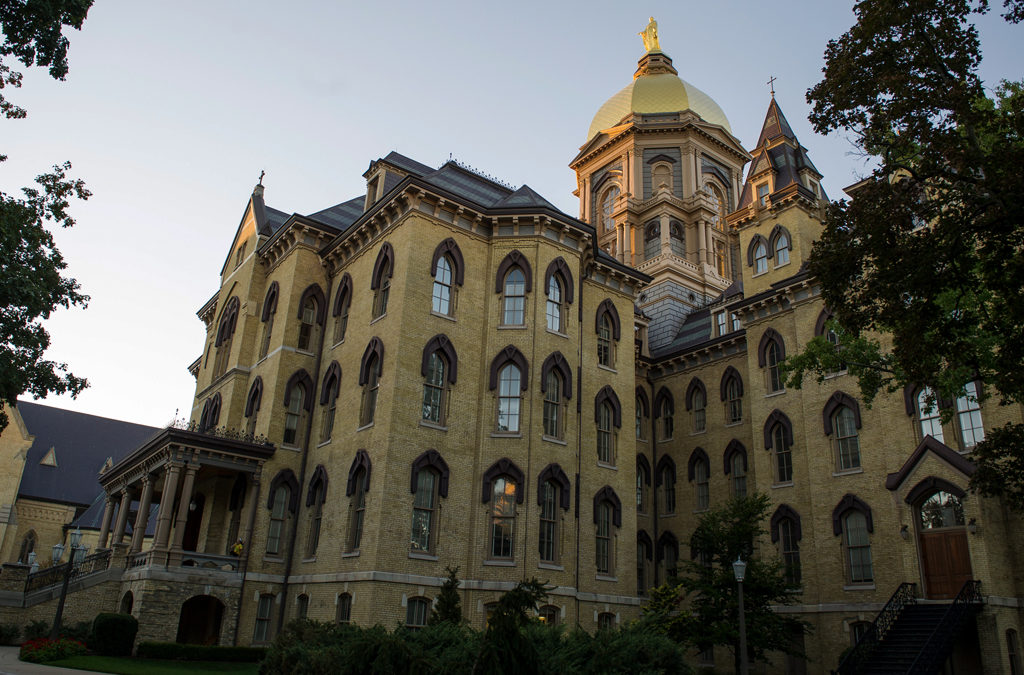Margaret Pfeil
Over the last 30 years, the Catholic Church’s teaching on the morality of nuclear deterrence has developed in response to post-Cold War conditions, appealing to a vibrant, traditional value system.
In their 1983 pastoral letter, The Challenge of Peace, the U.S. bishops judged nuclear deterrence to be morally acceptable only as an interim step toward progressive nuclear disarmament. In 1997, the Holy See’s representative at the United Nations stated: “Maintaining nuclear deterrence into the 21st Century will not aid but impede peace. Nuclear deterrence prevents genuine nuclear disarmament. It maintains an unacceptable hegemony over non-nuclear development for the poorest half of the world’s population.”[1]
More recently, in an address to the high-level U.N. meeting on nuclear disarmament on September 27, 2013, Archbishop Dominique Mamberti, Secretary for the Holy See’s Relations with States, named the doctrine of nuclear deterrence as the main impediment to a phased and verifiable process of nuclear disarmament.
“With the end of the Cold War, the time for the acceptance of this doctrine is long passed,” he said. “The Holy See does not countenance the continuation of nuclear deterrence, since it is evident it is driving the development of ever newer nuclear arms, thus preventing genuine nuclear disarmament. . . . It is time to counter the logic of fear with the ethic of responsibility, fostering a climate of trust and sincere dialogue, capable of promoting a culture of peace, founded on the primacy of law and the common good, through a coherent and responsible cooperation between all members of the international community.”[2]
INSIGHT FROM CREATION
The Holy See’s vision of a culture of peace includes moral and spiritual values. It emphasizes trust and love as the antidote to fear; generous and humble commitment in solidarity to the full flourishing of each and of all; and participative dialogue among stakeholders rather than power brokerage by the elite few on behalf of the rest of the world.
Material creation offers insight into the moral and spiritual values necessary to navigate the nuclear age. Like St. John XXIII, Paul VI, St. John Paul II, and Benedict XVI, Pope Francis calls attention to the immorality of wasting precious human and material resources on preparation for war, all the more so as scarcity of natural goods, such as potable water, gives impetus to further armed conflict. Benedict XVI focused his 2010 World Day of Peace message on the inextricable link between peace and the integrity of creation as he advocated for progressive nuclear disarmament. In a 2005 address, Archbishop Celestino Migliore put it plainly: “Nuclear weapons assault life on the planet, they assault the planet itself, and in so doing they assault the process of the continuing development of the planet. The preservation of the Non-Proliferation Treaty demands an unequivocal commitment to genuine nuclear disarmament.”[3]
Broadly speaking, the Holy See’s moral assessment of deterrence views the development, possession, use, and threat of use of nuclear arms according to a value system rooted in the sacramentality of creation. This vision prioritizes the integrity of creation, including the flourishing of its poorest and most vulnerable members, as part of a global, even planetary, vision of the common good.
Margaret Pfeil is assistant professor of theology at the University of Notre Dame.
[1]“Statement by H.E. Archbishop Renato Martino, Apostolic Nuncio, Permanent Observer of the Holy See before the First Committee of the General Assembly,” New York, 15 October 1997, cited by Archbishop Celestino Migliore in his address at Georgetown University, 16 March 2010, p.6.
[2]“Statement by H.E. Archbishop Dominque Mamberti, Vatican Secretary for Relations with States to the U.N. General Assembly High-Level Meeting on Nuclear Disarmament,” 27 September 2013.
[3]“Statement by H.E. Celestino Migliore, Apostolic Nuncio, Permanent Observer of the Holy See to the United Nations,” Seventh Review Conference of the States Parties to the Treaty of the Non-Proliferation of Nuclear Weapons (NPT), New York, 4 May 2005.



